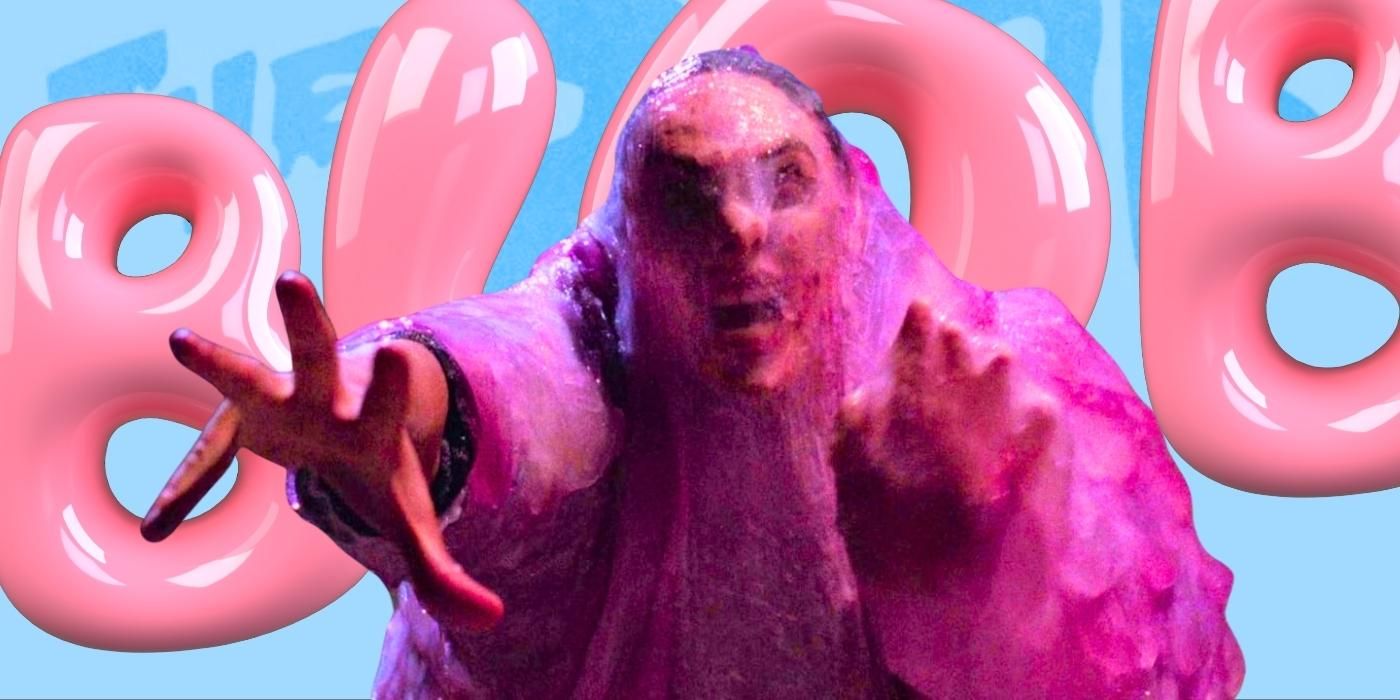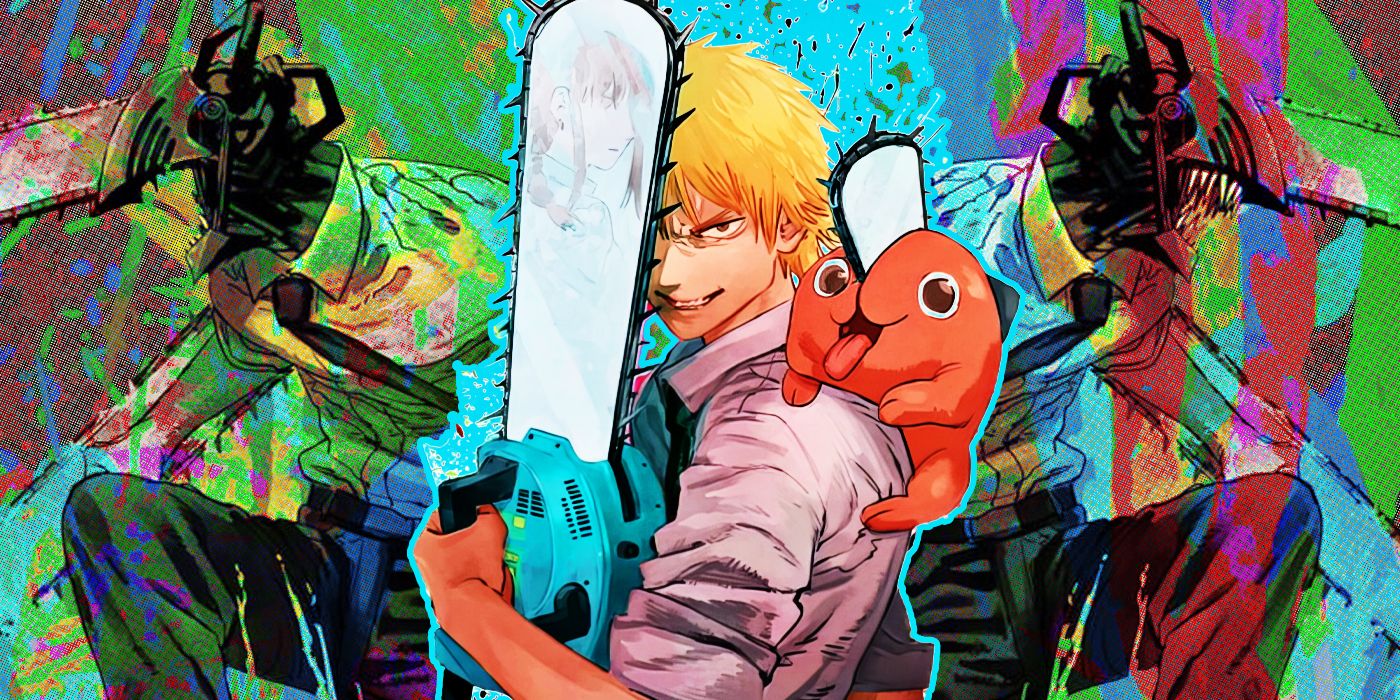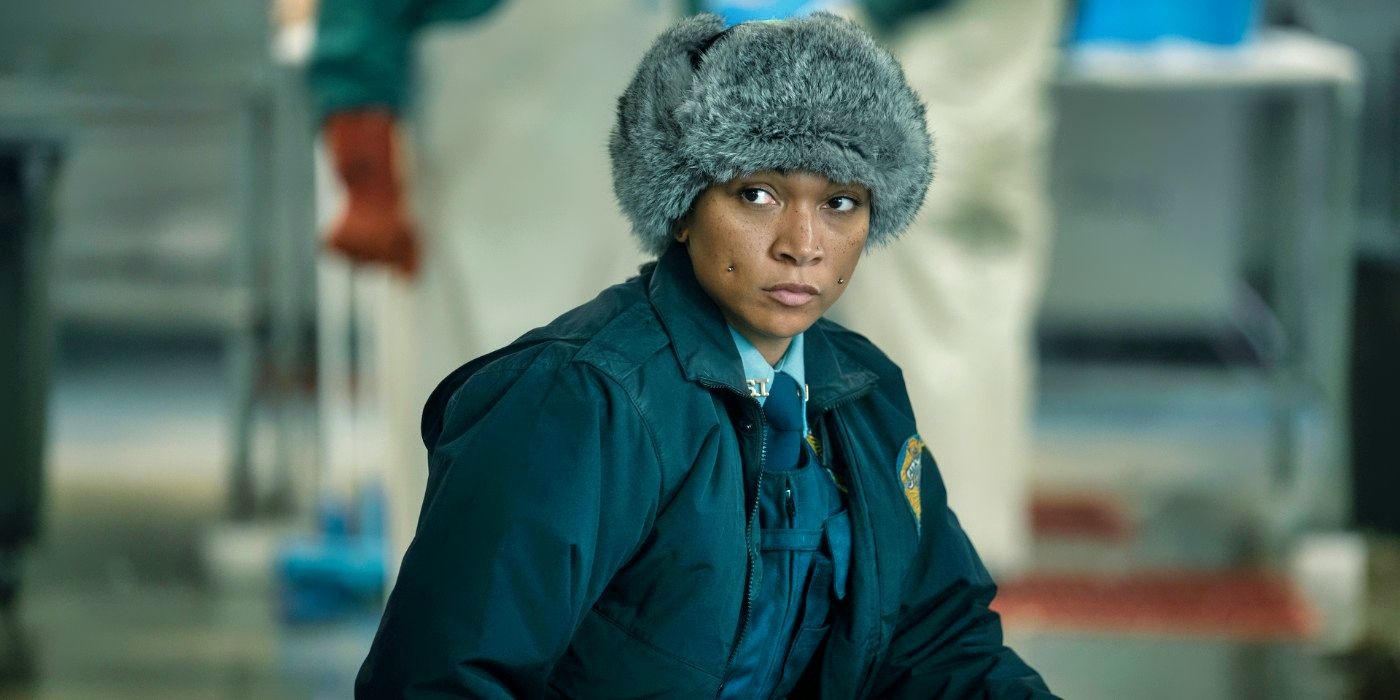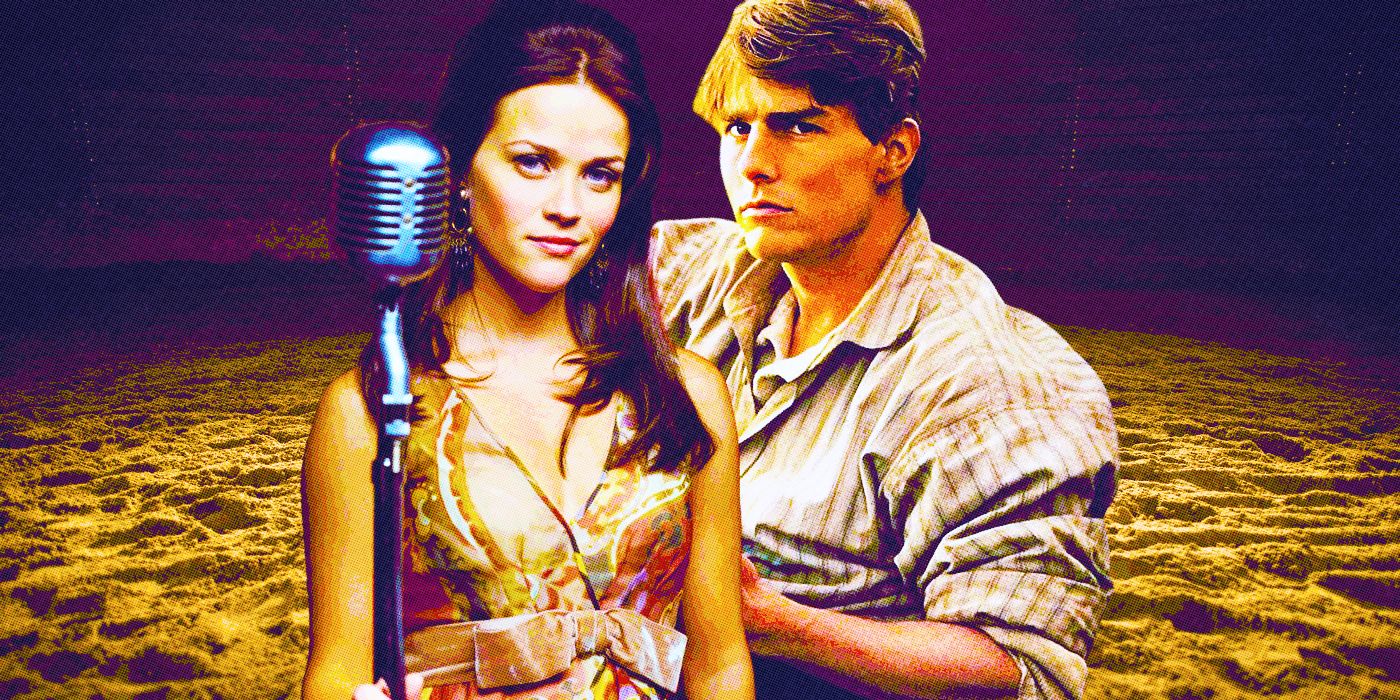The Big Picture
- CGI has made filmmakers lazy, hindering the quality of horror films. Practical effects in the 80s made classics like The Thing and Gremlins terrifying.
- The Blob reboot from 1988 almost used CGI, but practical effects were chosen instead. The intricate details of the blob made it truly feel alive and the victims’ gruesome makeup effects added to the horror.
- The use of practical effects made The Blob a successful horror film, turning it into a new nightmare that was unique and terrifying. CGI would have made the monster and its victims less scary and less believable.
Today, everyone rightfully bemoans how much CGI is used in movies. It’s not just a problem in big, superhero blockbusters, where movies like The Flash are almost unwatchable because they look like cartoons, but it’s prevalent in horror as well. A recent example of this disappointment is The Last Voyage of the Demeter, an otherwise fine vampire film held back by its partially computer-generated monster.
The sad fact is the use of CGI has made filmmakers lazy. It didn’t use to be this way, especially in the horror genre. It was here where you’d actually find the best practical effects, whether they be used to create the look of a monster or assemble a gore scene that seemed so realistic that you wondered if you were watching a snuff film. The 1980s were the heyday of practical effects in horror, and, though it’s not the FX-heavy film that gets talked about most, 1988’s The Blob deserves credit for what it accomplished using them, especially when it could have gone oh so wrong.
Practical Effects Make Horror Films More Frightening
If you want to see just how much practical effects matter to an audience, simply compare John Carpenter‘s The Thing from 1982 to the reboot of the same name from 2011. Carpenter’s movie is a practical-effects masterpiece. The original The Thing From Another World in 1951 is a fun horror film, but its monster was nothing more than James Arness wearing an appliance on his head. Carpenter’s film, on the other hand, went nuts with monsters and gore thanks to the brilliance of special-effects genius Rob Bottin. His monster seemed to be able to take any shape imaginable. Four decades later, we still watch that film and ask, “How did they do that?” Those frightening effects helped to make The Thing a classic. The Thing from 2011, however, where the alien monster is reduced to a CGI bore, is seldom talked about at all.
So many movies of the 80s are classics because of their practical effects. Jeff Goldblum may have given the best performance of his career in David Cronberg‘s remake of The Fly in 1986, but if the sickening effects that slowly turned him into a bug looked silly rather than realistic, it would have been a performance lost. Joe Dante‘s Gremlins in 1984 still holds up today not just because of its fun story, but because of its titular creatures, which are all just puppets. The gremlins are actually there in the scene. Our brains know that. We can’t detach from it like with CGI. We’re forced to take it in and let it terrify us. Toward the end of the decade came another horror remake of a minor classic called The Blob. It was tasked with taking what came before making it scarier. It worked thanks to its phenomenal special effects.
‘The Blob’ Reboot Almost Used CGI
The Blob from 1958 is a fun sci-fi/horror crossover. That decade was filled with films about monsters and aliens, and this one, about an ever-growing blob of goo that slowly moves through the streets, eating everything in its path, is near the front of the pack. On top of that, it starred Steve Queen, the future badass star of Bullitt and so much more. However, as entertaining as The Blob is, it was also hindered by its era. The actual monster looks a little silly, and when it eats people, it simply moves over its victim, who then disappears. That’s because the monster was nothing more than a large balloon dyed red.
Thirty years later, Chuck Russell, who was coming off the success of A Nightmare on Elm Street 3: Dream Warriors, was hired to direct a remake. No matter how good the script (which Russell co-wrote with Frank Darabount) turned out — and no matter how top-notch the cast (which consisted of soon-to-be stars Kevin Dillon, Shawnee Smith, Jeffrey DeDunn, and Paul McCrane) was going to be — it wasn’t going to matter if the monster looked like a joke. Audiences expected more in 1988. The blob couldn’t simply be a red balloon. Russell’s first idea was a bad one that would have wrecked the film. In a 2014 Q&A at CineFamily, Russell admitted, “I thought maybe we could do CGI, but it did not work.” And thank goodness for that, as late 80s CGI was largely an abomination, a far cry from what audiences are used to today. The Blob‘s monster would have been reduced to a frightless mass of pixels. And if there’s anything less scary than a dyed balloon, it’s something that the audience can tell doesn’t actually exist.
The Special Effects in ‘The Blob’ Are Inventive and Disgusting
With CGI not an option, The Blob went practical. Lyle Conway and Stuart Ziff were bought in for the creature effects, and Tony Gardner handled the gnarly makeup. Together, they created something that stands the test of time. That’s a large feat, when two teams with different specialties must combine their abilities to form something cohesive. Rob Bottin could make all kinds of magic on The Thing, but it was variations of the same theme. The Blob required one group to make a monster, and another to make its victims.
Nick Benson, who was also part of the team, told Terror at Synth High about how the blob was created. “The blob itself was made up of — for a better or worse term, we called them ‘quilts.’ They’re these silk quilts that have these little pockets in them. We hired a shit-ton of what we called ‘blob wranglers,’ and what blob wranglers did was they took all of those quilts and kept filling them full of slime material called Methacil. They’d continually fill all those little pustules in the quilts with Methacil so we could continue to shoot. If I remember correctly, we had hundreds of those quilts. We’d take as many quilts as we’d needed for a shot, to make that blob as big as we needed it, and overlap it so that it would become bigger; you’d never really notice that its quilts laying on top of each other because of the way it was painted. As that stuff would ooze out — which it did, a lot — the flattened quilts would go away and re-filled quilts would come out for the shot.”
That technique resulted in a blob which looked so realistic that it truly felt like it was alive — a living, breathing monster. The blob was so detailed that you can even see veins going across the quilts. To make a humanoid-looking monster feel alive is one thing. But to take a formless mass without a face, without the ability to emote, and turn it into a feared monster takes a work of genius. Then add to that what Tony Gardner accomplished. In the 1988 version of The Blob, the victims don’t bloodlessly disappear. Gardner’s makeup effects show these poor souls trapped inside the blob. We watch in horror as they are slowly consumed, the flesh melting off their faces, their insides eaten. We could now see what the blob was fully capable of. It worked so well that The Blob took what could have been an embarrassing failure and instead created a new nightmare that no one had ever seen before.






